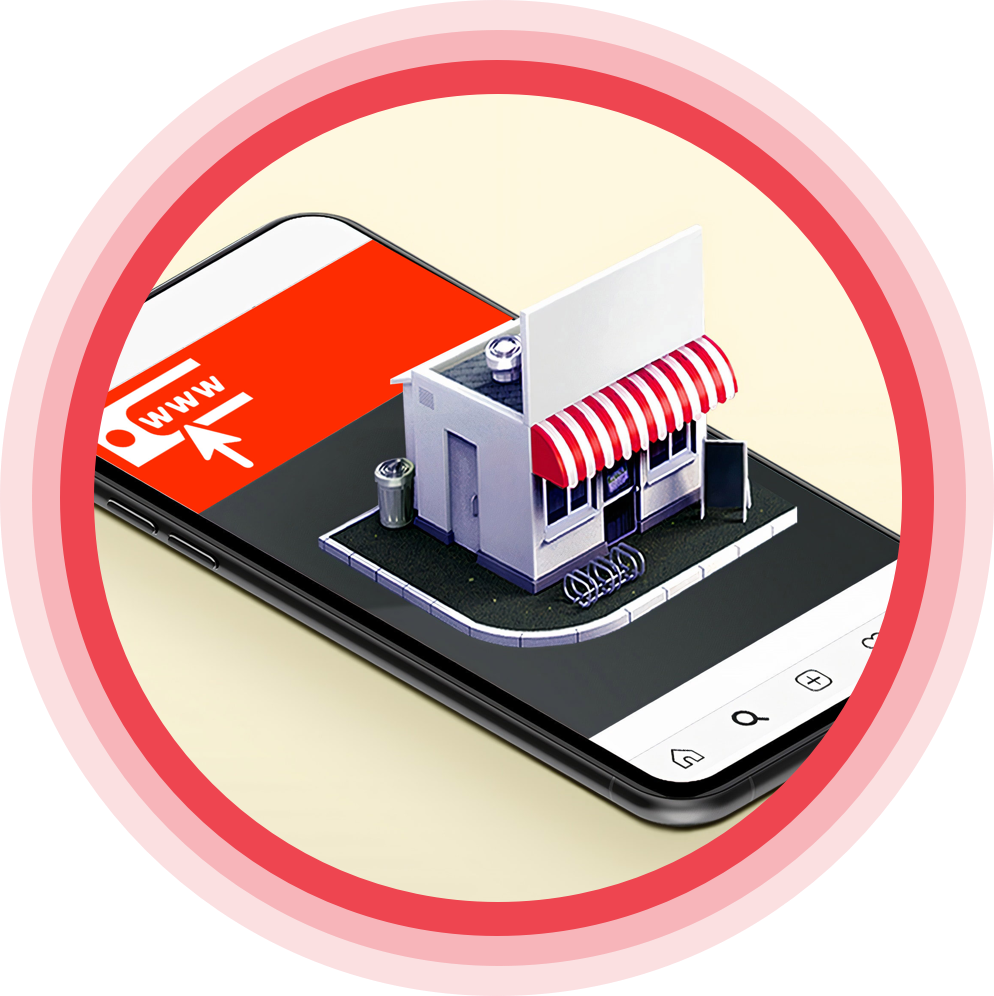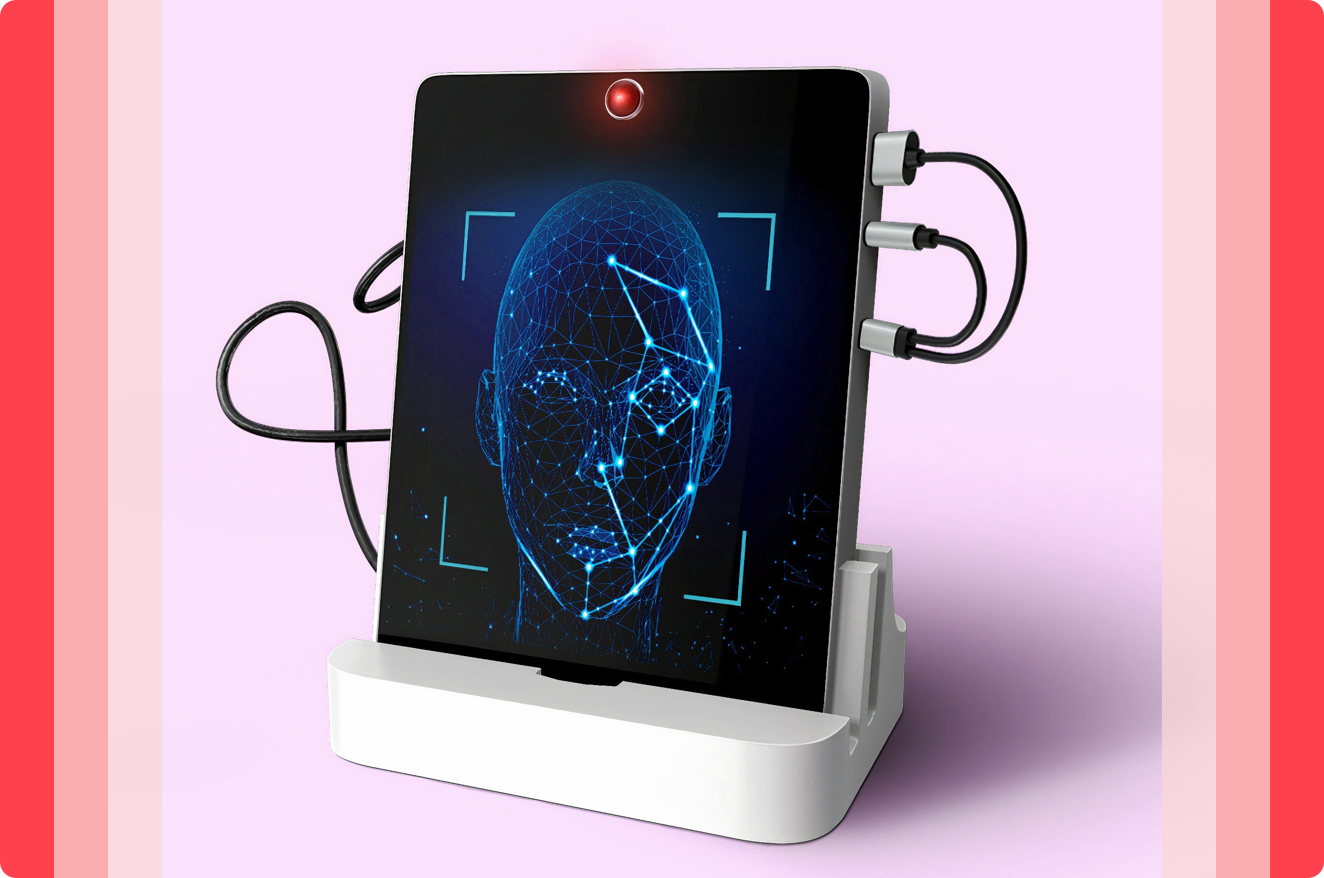Restaurants should think of analytics’ benefits using these four frameworks that:
- Connect available data with actions a company takes to drive customer experiences and optimize operation
- Organize customers into value-based segments and advise on incentives one customer at a time, with confidence in driving to the desired outcome
- Set automation of fast pace experimentation, focused on successive risk-free incentives and experience transformation
- Provide a main justification for continuous investments in a comprehensive data platform, like customer data platforms
Expanding food delivery’s influence
Fresh off raising $400 million in June that puts its valuation at nearly $16 billion, DoorDash’s ambitions to become an all-in-one solution for customers has become more apparent. The company’s DoorDash Essentials service aims to deliver more than 2,000 convenience store items in less than 30 minutes. Uber also announced in July that it’s buying Postmates, taking a similar route as DoorDash.
Large chains can learn from DoorDash and Amazon in becoming a brand that provides services for a variety of customer needs like grocery or prescriptions delivery.
“There isn’t an Amazon in dining right now, and any delivery player that wants to win in this space needs to become like Amazon with that kind of scale, and it looks like DoorDash is going down this path,” said Dan Lubetsky, senior director, customer experience and innovation.
From a CPG perspective, DoorDash Essentials sounds like just another retail channel. But if it’s done right, DoorDash could set up a relationship with CPG companies that enables DoorDash to use dark stores that serve as warehouses and last-mile delivery as a means to go direct-to-consumer selling through their brand website.
“Third parties like DoorDash could also bring together brands in similar need spaces, such as all vegan food, or specifically sustainable products, on a marketplace platform where consumers could purchase the product that is ultimately fulfilled by DoorDash dark stores and drivers,” said Groh. “It really opens the door for them to become a true platform business model.”
Direct-to-consumer trends and competition
Along with CPG, retail and grocery also offer delivery lessons, and Amazon isn’t the only online retailer with a sophisticated delivery ecosystem. Digital-first retailers likely have strong offerings to succeed during and after the crisis as they drive awareness, customer engagement and revenue through digital channels, such as web, mobile, and social. Consumer product brands have successfully moved to direct-to-consumer offerings and grocers have expand their online presence to capture digital revenue streams.
So what’s next? The opportunities are abundant.
Key delivery considerations
- More QSRs will own delivery: Many restaurants will re-focus on owned and operated delivery services to drive higher profitability rather than rely on third parties. It is important, however, to consider that restaurants shouldn’t have a one size fits all approach for all geographies as third-party services are popular in some areas and less so in others. Some markets are also more sensitive to third party fees and prefer to order directly from restaurants, according to one UK study.
- Don’t forget third-party delivery differentiators: Delivery partner consolidation will heat up and new offerings will emerge, such as personalized menus and offers, suggested meals, multi-restaurant options and event services. This will be key for individual restaurants or smaller, regional chains.
- Mobile will continue to be the off-premise channel of choice: Ordering delivery on a mobile device also has to be easy, and ease in transparency will lead to more customers adopting a QSR’s platform. Integrating loyalty offers with delivery is key for QSRs to drive longer term value.













